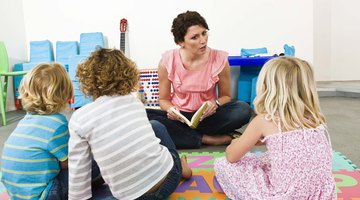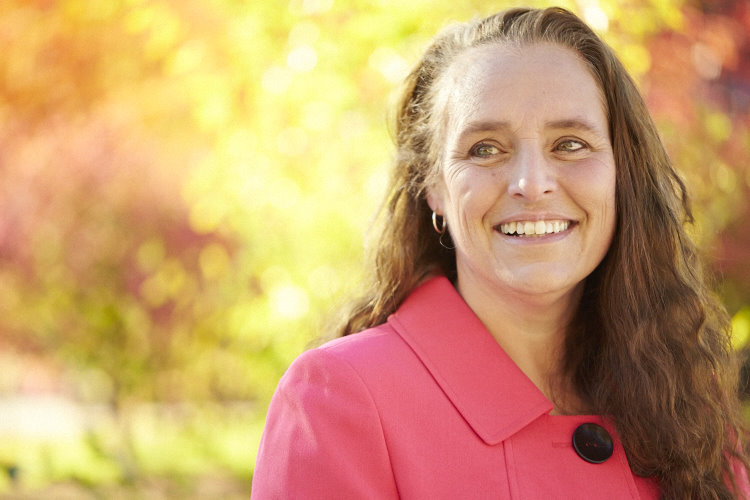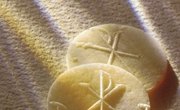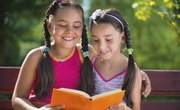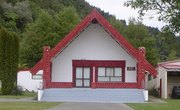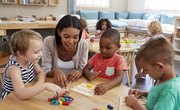Teaching diversity to preschoolers provides a broad understanding of how children are each unique in their own ways. This process helps children learn more about who they are and is an avenue for teaching respect and acceptance of others. Multicultural lesson plans should combine content with hands-on learning experiences that bring diversity understanding alive. As children are challenged with new ideas, critical thinking skills are ignited and compassion for others is developed.
Passport to Understanding
Use a passport concept as a way to expose pre-school children to different countries. Give each child a booklet made of five sheets of paper stapled together. Each week, focus on one country by reading stories, sampling culturally specific food and learning a relevant song. If possible, invite a guest speaker to share information about the country. Bring a hat that is representative of the country you are studying and take a photo of each child wearing it. For example, if you’re teaching about Mexico, bring a sombrero. Have the children paste their photographs in their passports. When each passport is filled, they can take them home to remember their cultural journey.
Similarities and Differences
Teach your pre-school class about honoring similarities and differences by using apples as a lesson theme. Ask each child to share what comes to their mind when they meet someone who doesn’t look like them. Talk about the importance of getting to know what’s on the inside before judging what they see on the outside. To illustrate this, hold up a red apple and a green apple, and ask children to describe what they see. Cut open the apple and ask the same question. Use this as a way to demonstrate that people may be different but often have many similarities.
Building Respect
Consider using a Native American talking circle as a format for circle time in your pre-school classroom. Bring a stone and let the children know that Native Americans use a talking stone as a way to honor and respect the thoughts of each person in the circle. Pass the stone to the first child in the circle and ask them to share something special about their family. Instruct the rest of the children that they cannot say anything until the stone is passed to them. Remind them about the importance of listening to others and showing respect for what each person has to say.
Family Heritage
Celebrate diversity by learning about family heritage. Ask each child to find out three unique aspects of their family heritage. If possible, send home a sheet of questions that parents can answer and discuss with their child. Have your pre-school class share their cultural stories with the class. Students will feel good about having an opportunity to talk about their family background and the class will build an appreciation of differences. This activity connects family involvement to classroom learning.
Related Articles
References
Writer Bio
Dr. Kelly Meier earned her doctorate from Minnesota State Mankato in Educational Leadership. She is the author and co-author of 12 books and serves as a consultant in K-12 and higher education. Dr. Meier is is a regular contributor for The Equity Network and has worked in education for more than 30 years.

